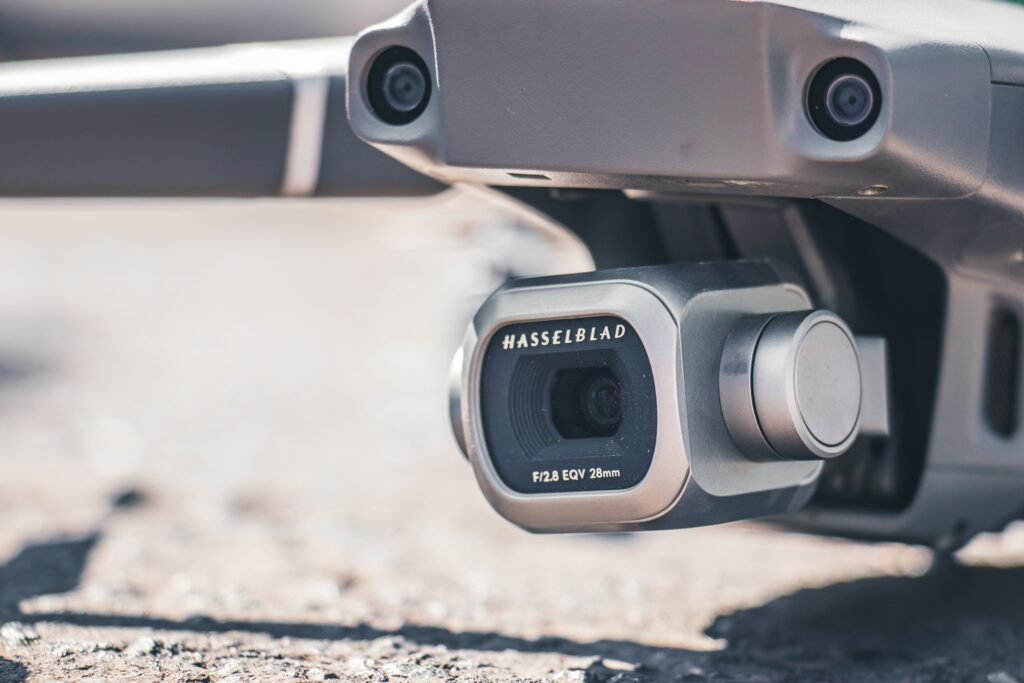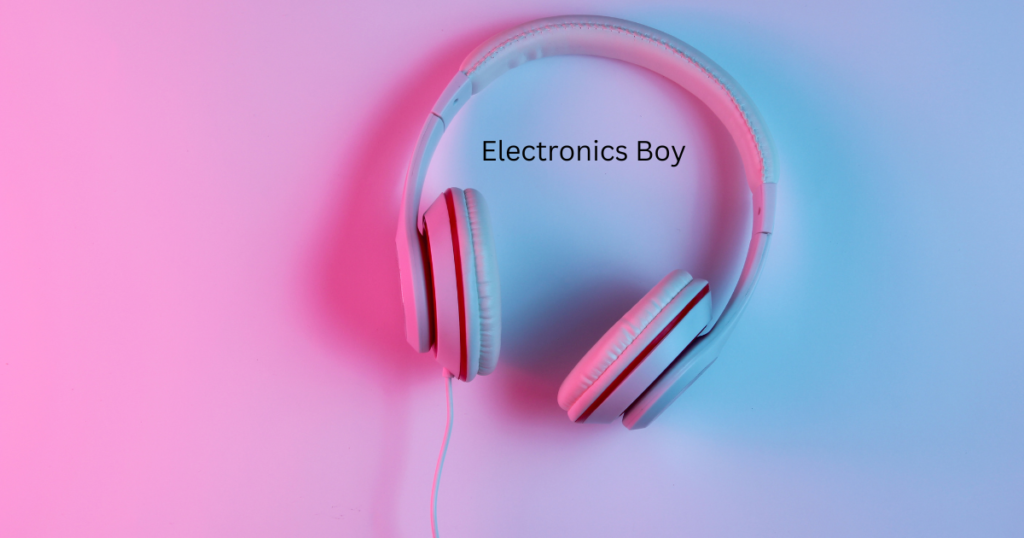Introduction to Health-Focused Wearables
From counting steps to monitoring heart rhythms, health-focused wearables have evolved into powerful tools for proactive wellness and medical care. These devices empower users to track vital metrics in real-time, offering insights that were once limited to clinical settings. In this blog post, we’ll dive into how these wearables work, their applications, and why they’re becoming indispensable for health-conscious individuals and healthcare providers alike.
What Are Health-Focused Wearables?
Health-focused wearables are electronic devices worn on the body to monitor physiological data. They combine sensors, connectivity, and software to track metrics such as:
- Physical activity (steps, calories burned, exercise intensity).
- Vital signs (heart rate, blood pressure, blood oxygen levels).
- Sleep patterns (duration, quality, REM cycles).
- Chronic conditions (glucose levels, ECG readings, respiratory rate).
Popular examples include fitness bands (e.g., Fitbit), smartwatches (e.g., Apple Watch), and specialized medical devices (e.g., continuous glucose monitors).
Key Benefits of Health-Focused Wearables
- Preventive Healthcare
- Early detection of irregularities (e.g., atrial fibrillation alerts).
- Encouragement of healthier habits through goal-setting and reminders.
- Chronic Disease Management
- Real-time glucose monitoring for diabetics (e.g., Dexcom G7).
- Remote patient monitoring for heart disease or COPD.
- Mental Health Support
- Stress tracking via heart rate variability (HRV) sensors.
- Guided breathing exercises and mindfulness prompts.
- Data-Driven Fitness
- Personalized workout recommendations based on performance metrics.
- Recovery insights to prevent overtraining.
Top Health-Focused Wearables in 2024
- Smartwatches with ECG
- Apple Watch Series 9 and Samsung Galaxy Watch 6 offer FDA-cleared ECG apps.
- Continuous Glucose Monitors (CGMs)
- Abbott’s FreeStyle Libre 4 provides needle-free glucose tracking.
- Blood Pressure Monitors
- Omron HeartGuide measures BP directly from the wrist.
- Sleep Trackers
- Whoop 4.0 analyzes sleep stages and recovery needs.
- Mental Health Wearables
- Apollo Neuro uses gentle vibrations to reduce stress.
Applications Beyond Fitness
- Remote Patient Monitoring (RPM)
- Doctors track post-surgery recovery or chronic conditions via wearable data.
- Reduces hospital readmissions and enables telehealth interventions.
- Clinical Research
- Wearables collect real-world data for drug trials and population health studies.
- Aging in Place
- Fall detection (e.g., Fitbit Sense 2) and emergency alerts for seniors.
- Women’s Health
- Devices like Oura Ring track menstrual cycles and fertility windows.
Challenges and Considerations
- Accuracy Concerns
- Consumer devices may lack medical-grade precision.
- Tip: Use FDA-cleared wearables for critical health metrics.
- Data Privacy Risks
- Sensitive health data can be vulnerable to breaches.
- Solution: Opt for devices with encryption and strict privacy policies.
- User Compliance
- Consistent wear is required for reliable data.
- Battery Life
- Frequent charging can disrupt continuous monitoring.
Future Trends in Health Wearables
- Non-Invasive Blood Sugar Monitoring
- Emerging tech (e.g., optical sensors) to replace finger-prick tests.
- AI-Powered Diagnostics
- Algorithms predict health risks (e.g., hypertension, sleep apnea) from wearable data.
- Multi-Sensor Integration
- Devices combining temperature, hydration, and UV exposure tracking.
- Sustainability
- Eco-friendly materials and longer device lifespans to reduce e-waste.
How to Choose the Right Health Wearable
- Identify Your Needs
- Fitness? Chronic condition management? General wellness?
- Check Compatibility
- Ensure the device syncs with your smartphone or EHR system.
- Research Accuracy
- Look for clinical validation or FDA clearance.
- Prioritize Comfort
- Waterproof designs and 24/7 wearability matter for long-term use.
FAQs About Health-Focused Wearables
Q: Are wearables safe for medical diagnoses?
A: Some are FDA-approved for specific uses (e.g., ECG), but always consult a doctor for medical decisions.
Q: Can wearables replace regular check-ups?
A: No—they complement professional care but aren’t substitutes for clinical evaluations.
Q: How do wearables track stress?
A: They measure HRV (heart rate variability), which fluctuates with stress levels.
Q: Do health wearables work for all age groups?
A: Yes! From kids’ activity trackers to senior fall detection devices, options exist for every demographic.
Conclusion
Health-focused wearables are bridging the gap between everyday wellness and advanced medical care, putting users in control of their health journeys. As technology advances, these devices will become even more accurate, accessible, and integrated into healthcare systems. Whether you’re a fitness enthusiast, a patient managing a chronic condition, or a caregiver, there’s a wearable tailored to your needs.
Disclaimer: This blog post is for educational purposes only. Consult a healthcare professional before making medical decisions.



